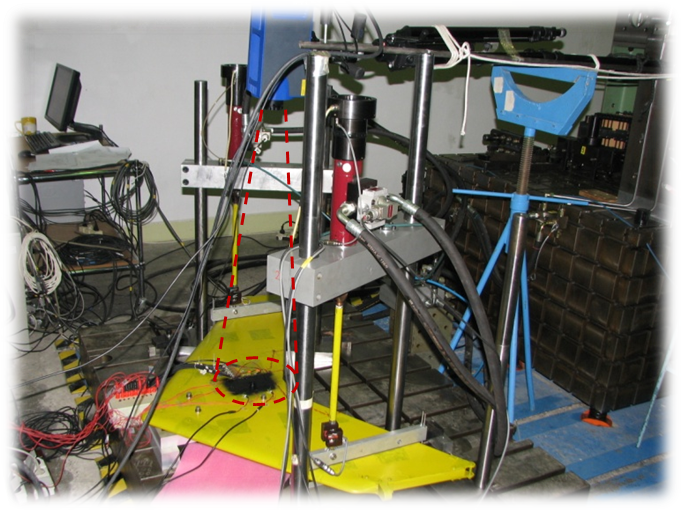Tsirka Kyriaki
Title: Study of the graphitic reinforcement of hierarchical epoxy matrix composites
In the context of this PhD dissertation, graphitic hierarchical structures were studied which are used as secondary reinforcements in fiber-reinforced polymer composites with structural applications and multi-functionalities. More specifically, hierarchical reinforcing structures were developed by i) growing multi-wall carbon nanotubes (CNTs) via catalytic chemical vapor deposition; and ii) depositing CNTs from aqueous suspensions / inks on the carbon fiber surface. The work was divided into two axes. The first axis focused on the synthesis and optimization of hierarchical reinforcements and the extensive characterization of their structure and morphology through a variety of analytical technics. The second axis targeted the study of the mechanical properties of the hierarchical fibers and the properties of the interfaces formed between them and the epoxy matrix. The study of the mechanical properties of the interface of the hierarchical composites was carried out using Raman spectroscopy and mechanical tests on model composite materials. Overall, the present work, following a biomimetic approach, studied the synergies between the different graphitic structures that constitute hierarchical carbonaceous reinforcements and demonstrated their dual nature as bearing and multifunctional elements, which is enhanced through the hierarchy of their structure.
Kosarli Maria
Title: Novel concepts for optimizing the self-healing processes in advanced aerospace composite structures.
Fiber Reinforced Polymers (FRPs) are among the most important technological materials in the industrial and research communities due to their excellent specific properties. Their excellent modulus of elasticity in combination with the relatively low density and corrosion resistance are some of the FRPs desirable properties. However, the FRPs relatively low fracture toughness can result to undesirable fracture phenomena that could compromise the materials structural integrity. The approach of self –healing materials expands the current conventional damage tolerance or/and repair approaches and has attracted significant attention in the research community the last decade. The scope of this PhD research is to develop and optimize a self-healing approach and integrating the SH technology into FRPs. The roadmap for the investigation and integration of the proposed SH approach includes (i) the selection of the self-healing approach, (ii) the selection of FRPs matrix material, (iii) development of a SH-FRP material and (iv) the manufacturing of a demonstrating structure with SH-capabilities.
Foteinidis Georgios
Title: Smart micro- and nano-composites: non-destructive evaluation of production and /or response to various loadings
Structural Health Monitoring is a vital tool enabling on-line damage detection and topography on epoxy matrix reinforced composites. Among several SHM techniques, the ones related with the electrical response to damage are capable of providing information about the structural degradation of the material with high sensitivity and precision. The aim of this dissertation is the conversion of a conventional composite into a multifunctional material to provide crucial information for Structural Health Monitoring (SHM). A specific lamination sequence of carbon and glass fabrics in combination with a ternary epoxy matrix will offer SHM topography capabilities. The matrix reinforcement will be consisted of homogenously dispersed Carbon Nanotube and Carbon Black. A sinusoidal electric field will be applied between the established local capacitors using Impedance Spectroscopy technique. The layout of the laminas will enable the damage assessment after medium velocity impact. Hence, the damaged area will be depicted in 2D and 3D contour topographical images which will reveal useful information about the structural integrity of the composite. Additionally, the integration of self-healing capabilities will be studied in order to achieve the manufacturing of a smart composite with wide range of functionalities.
Karalis Georgios
Title: Development of technologies for thermoelectric energy harvesting with embedded multifunctional properties from advanced composite materials
Multifunctional structural composites are an extremely interesting research field in advanced building materials technology because beyond the structural functions (high mechanical strength with reduced specific weight) they offer individual capabilities for simultaneous implementation of various non-structural functions such as structural integrity monitoring, temperature control, deformation or damage detection, storage, harvesting and energy generation. Given the urgent need for alternative forms of energy, thermoelectric power generators promise major applications in converting the commonly lost thermal energy into electricity. The nanostructures with the high thermoelectric efficiency developed due to their two-dimensional nature are virtually impossible to apply directly to large-scale structures. Thus, in order to exploit their unique properties, their incorporation into three-dimensional materials is required. This PhD dissertation will focus on the targeted research effort to improve the Seebeck coefficient of the carbon fibers which is the reinforcing phase through hierarchical nanostructures so that the ability of the final polymer matrix composite structures to have additional functional properties of the thermoelectric generator (Thermoelectric Element Generator-TEG) for the purpose of energy harvesting, exploiting the thermoelectric effect.
Polymerou Anastasia
Title: Advanced structural composites with architectured design for selected functionalities
In modern society, electronic systems and telecommunications are the most widely used technologies, as they play an important role in communication both on the earth and in space. However, electromagnetic interference (EMI) is an important issue for modern communication and electronic systems. Electromagnetic pollution is the main cause of damage to electronic devices, equipment and systems used in critical applications (eg in medicine, army, aerospace electrical systems, etc.). The causes of EMI are numerous and are due to both technical and natural sources. The subject of this PhD thesis is the study and optimization of the multi-functionality of hybrid and hierarchical composite materials. More specifically, the effect of various reinforcing phases on the efficacy of composites as electromagnetic interference (EMI shielding) materials will be studied. The incorporation of these structures into the composites will take place either by spreading them into the native phase or by placing them on the surface of the fibers (hierarchical approach). The aim is to improve the mechanical properties and to optimize the functionality of EMI shielding through the appropriate architectural design of the structure and the exploitation of specific properties of the component phases.
Mytafides Christos
Title: Smart coatings for targeted functionalities in advanced structural composite materials
The great breakthroughs of smart materials and nanotechnology in the past decades, has emerged as a particularly promising route in the field of advanced composite materials. The biomimetic approach of nanostructured interfaces for hierarchical composites (micro-scale reinforcing fibers coated with nanoparticle-based layers) to Carbon Fiber Reinforced Polymers (CFRPs), exhibiting impressive durability and multifunctionality (simultaneously mechanical and electrical properties, including high mechanical strength, energy harvesting & self-diagnostic capability). The innovation of this PhD thesis is related to the fact that, apart from the materials engineering to tailor the smart coatings final properties endowed to the reinforcement and to the laminate 3D composites, the structural character will be also considered. Furthermore, optical (photo-sensing properties), thermal (thermoelectric energy harvesting) and piezo/mechanical fields (strain sensors and/or piezoelectric energy harvesting) will be mainly investigated, as well as the mechanism that the multifunctional composite is responding in bulk will be investigated in detail. The ultimate foundation character of this PhD is the realization of all the functionalities at a demonstrator structure/device level that will be able to show the functionality upon being exposed to the specific field.
Orfanidis Savvas
Title: Development and study of novel advanced composite material simulating the operation environment.
A wide range of advanced composite materials, polymers reinforced with glass or carbon fibers, are used as light weight, high strength and high corrosion resistance reinforcing structures. These materials are widely used in transportation: terrestrial (buses, trains), marine (yachts and boats) and aerospace (parts of the shaft and wings). Such materials during their operation function under dynamic loads, continuous vibrations, fatigue, external forces, deformations and harsh environmental conditions. In such environments, there is a need to periodically evaluate the structural integrity in a non-destructive technique in order to avoid dangerous anomalies such as laminar detachment, breakage of fibers, cracks,etc.An innovative method for operating quality control of the structure is guiding waves because they can travel long distances on structures where they consist of flat metal substrates without significant attenuation. Guiding waves can therefore respond to large areas of inspection or control from a remote location with a relatively small number of non-destructive evaluation (NDE) or structural health monitoring (SHM) ).The main objective of the present study will be the effect of the microstructure on the mechanical behavior of the composite materials in order to optimize their mechanical and elastic properties. The experimental study will be implemented through non-destructive testing techniques, ultrasound and Nuclear Magnetic Resonance (NMR) spectroscopy.



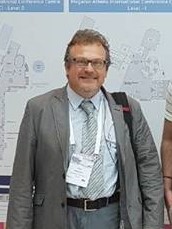

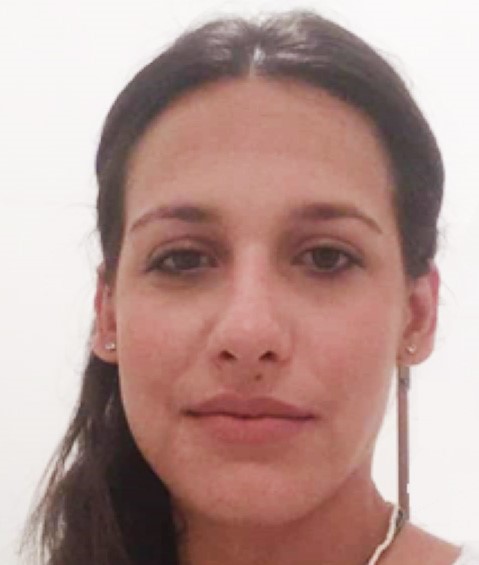
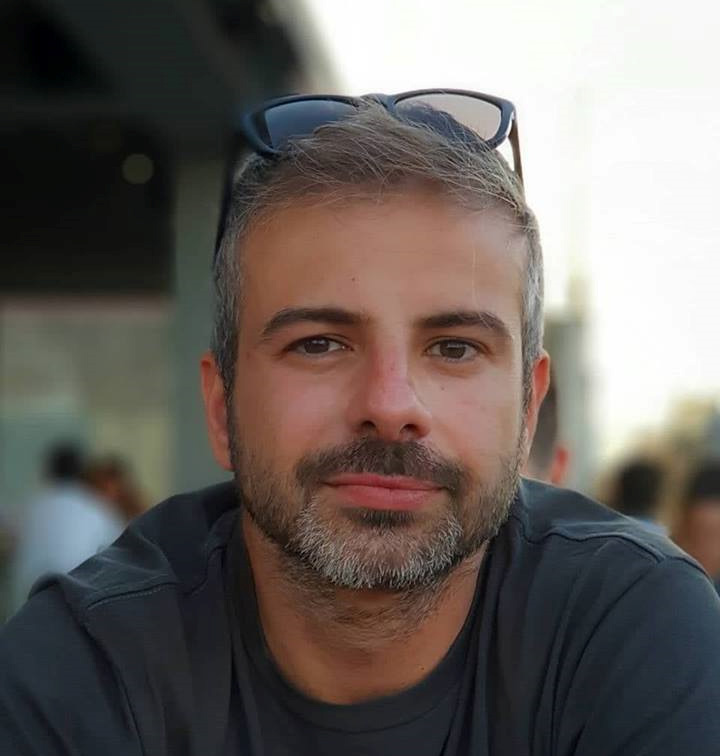

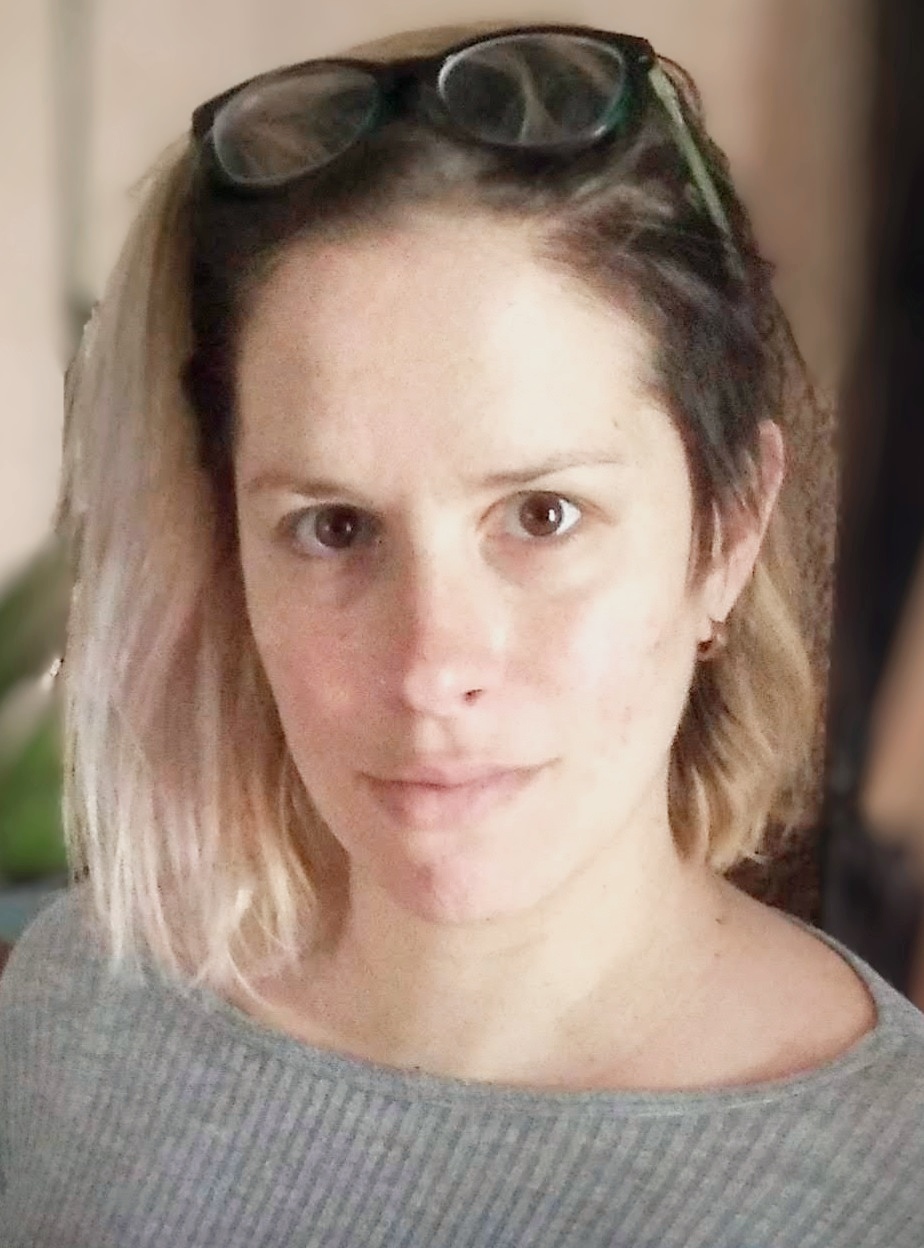
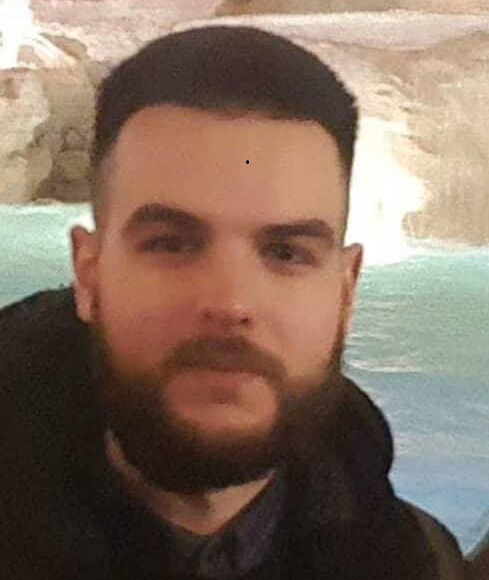
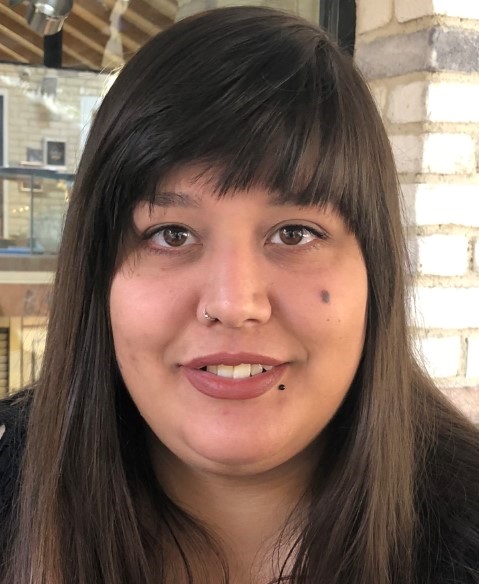

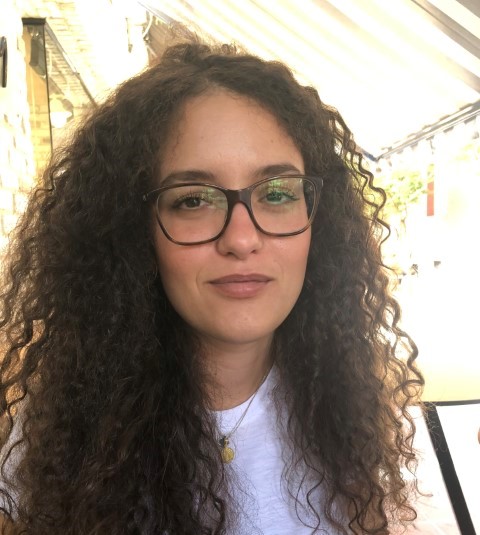
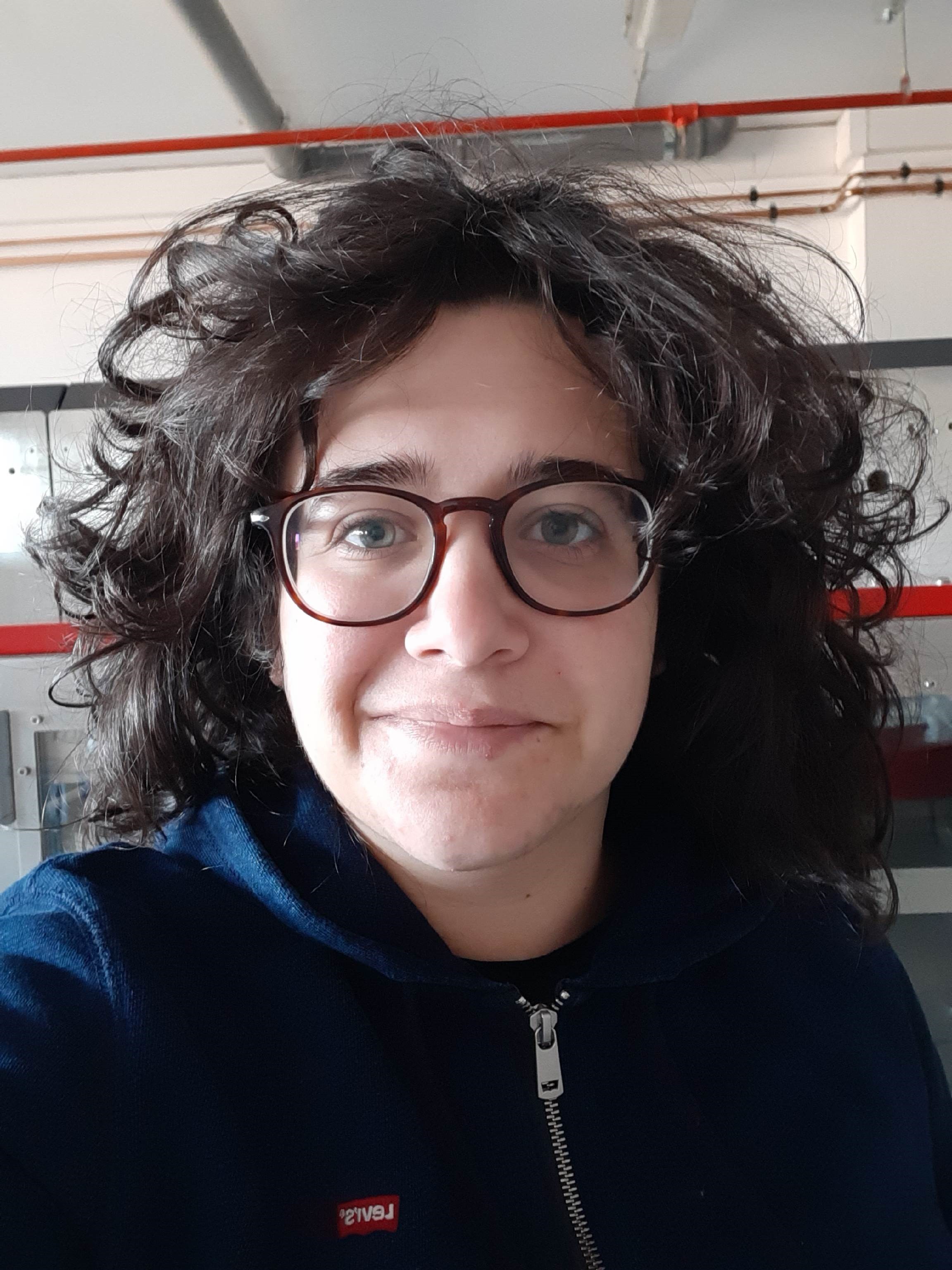
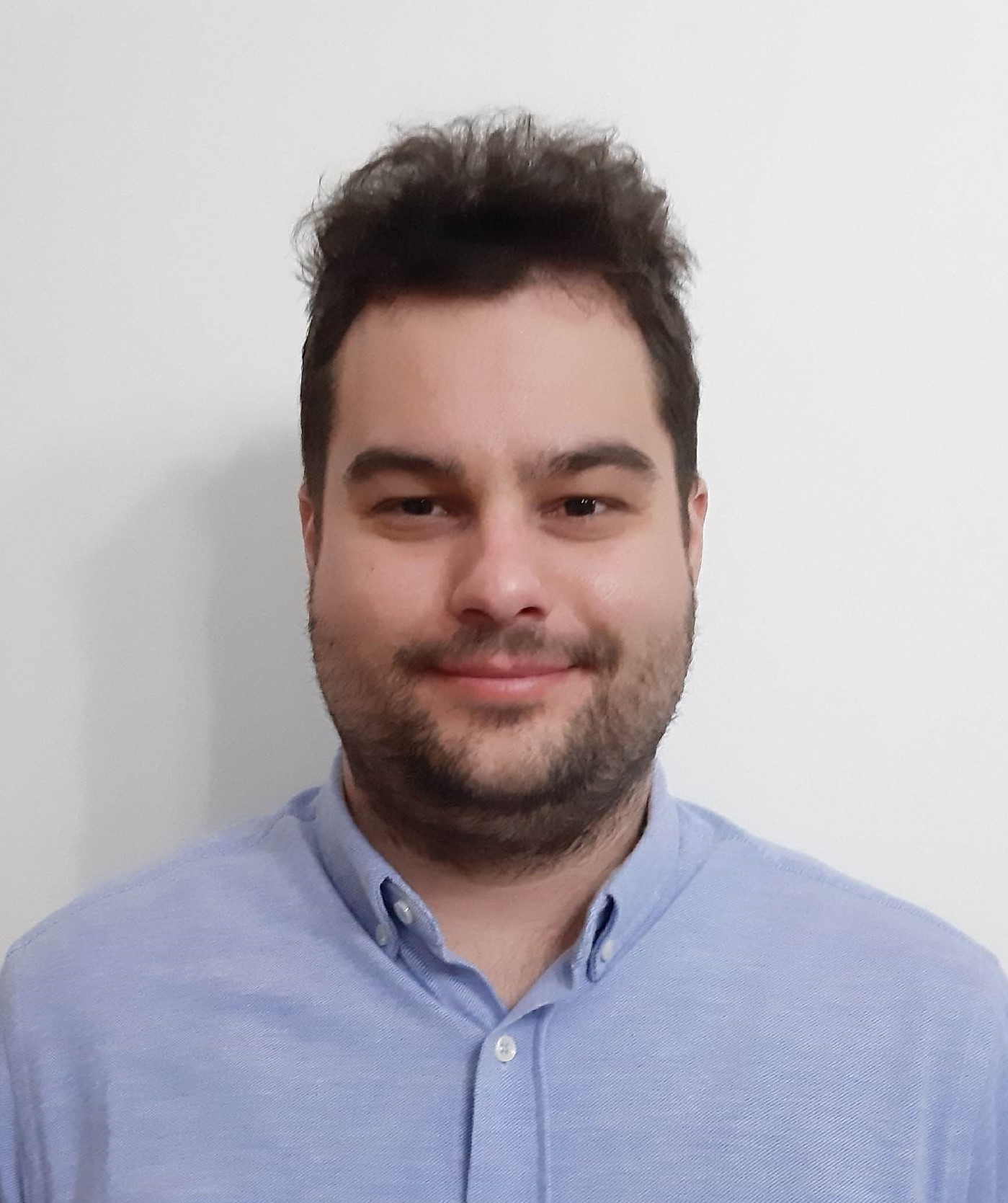
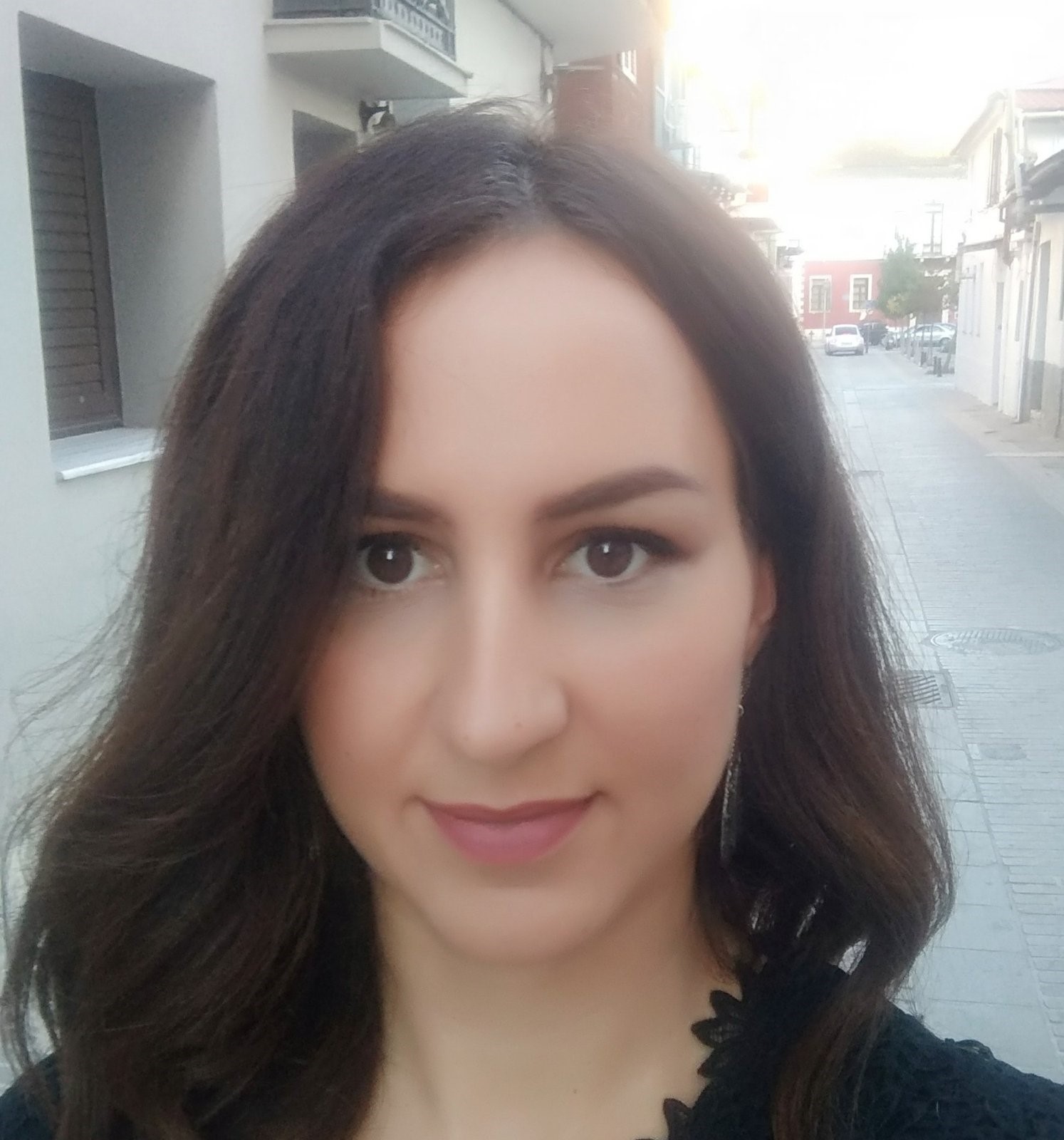
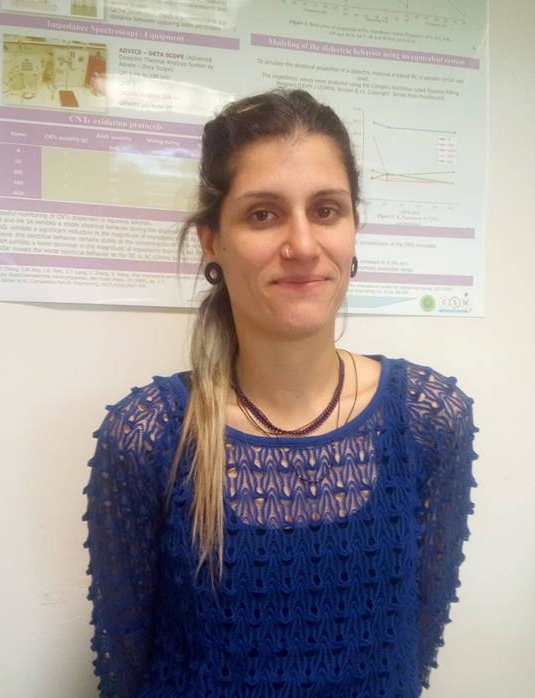

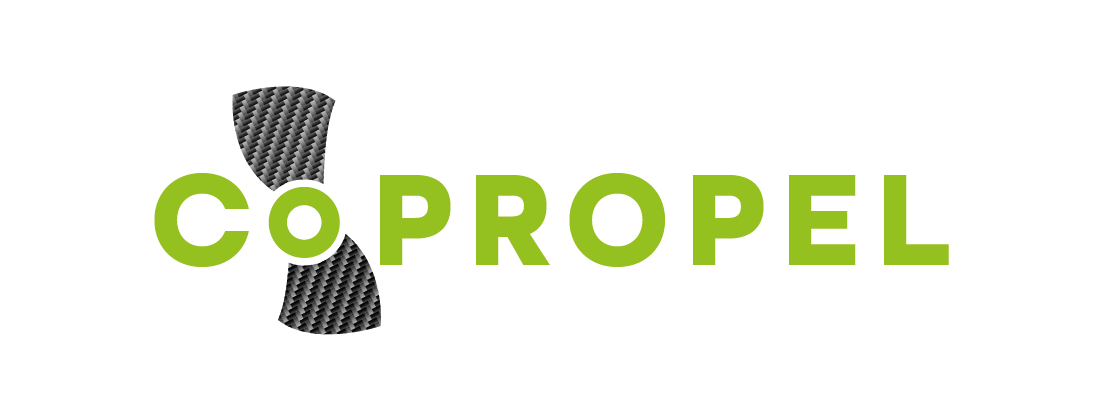 CoPropel puts forth a holistic approach towards the realisation of marine propellers made of advanced composite materials. Compared
CoPropel puts forth a holistic approach towards the realisation of marine propellers made of advanced composite materials. Compared 


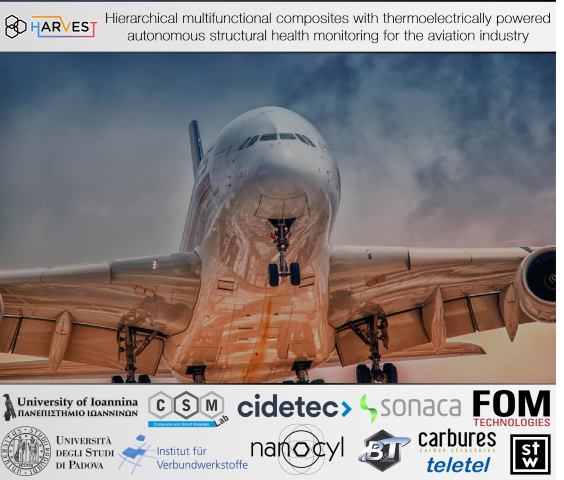
 This project has received funding from the European Union’s Horizon 2020 research and innovation programme under grant agreement No 769140.
This project has received funding from the European Union’s Horizon 2020 research and innovation programme under grant agreement No 769140. Composite & Smart Materials Laboratory (CSML) is delighted to announce that it will be participating in the AIRPOXY project from September 2018. AIRPOXY is a 42-month collaborative project funded by the European Commission in the HORIZON 2020 framework with a total budget of €6.5m. The aim of this project is to reduce production & MRO (maintenance, repair and overhaul operations) costs of composite parts in aeronautics. This will be achieved by introducing a novel and new family of enhanced composites that preserve all the advantages of conventional thermosets, while showing Re-processability, Reparability and Recyclability (3R). AIRPOXY will develop new thermoset resins from TRL3 (Technology Readiness Level) to TRL5 through two representative demonstrators of aircraft panels.
Composite & Smart Materials Laboratory (CSML) is delighted to announce that it will be participating in the AIRPOXY project from September 2018. AIRPOXY is a 42-month collaborative project funded by the European Commission in the HORIZON 2020 framework with a total budget of €6.5m. The aim of this project is to reduce production & MRO (maintenance, repair and overhaul operations) costs of composite parts in aeronautics. This will be achieved by introducing a novel and new family of enhanced composites that preserve all the advantages of conventional thermosets, while showing Re-processability, Reparability and Recyclability (3R). AIRPOXY will develop new thermoset resins from TRL3 (Technology Readiness Level) to TRL5 through two representative demonstrators of aircraft panels.
